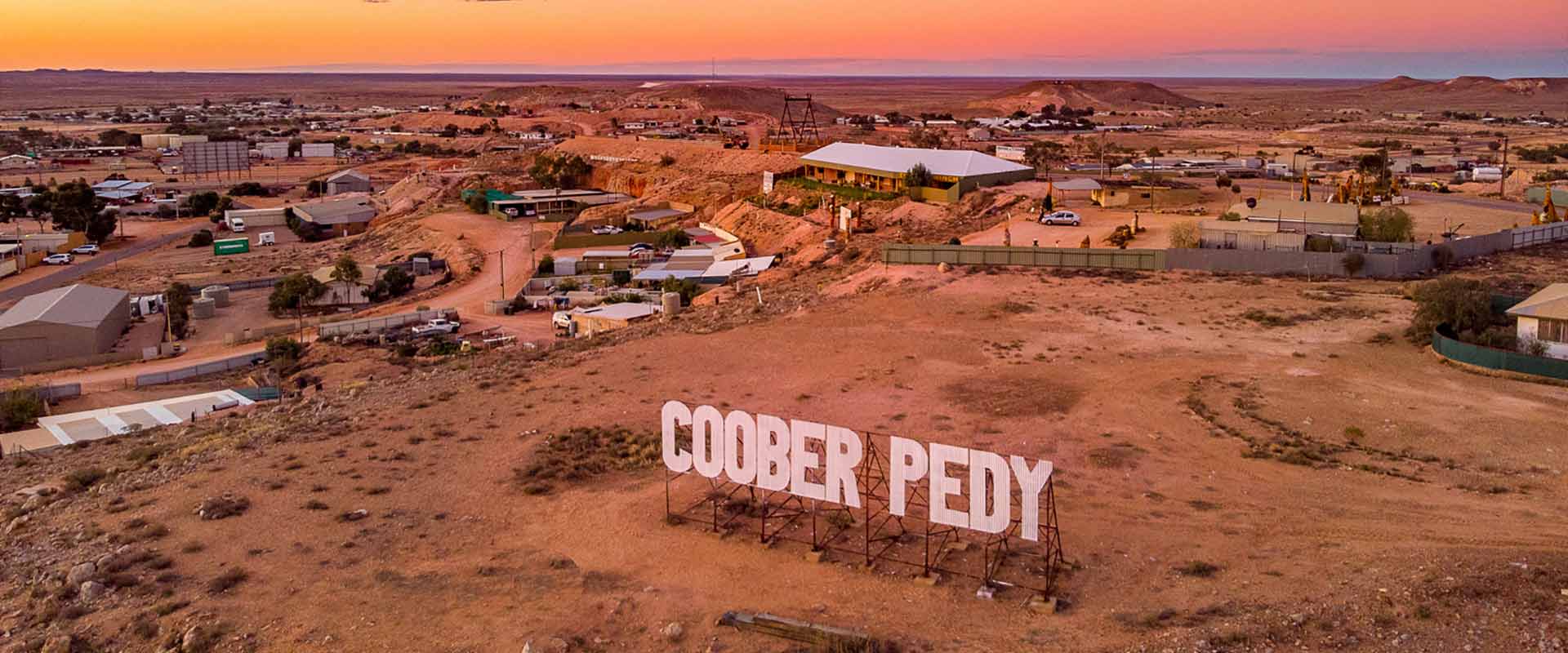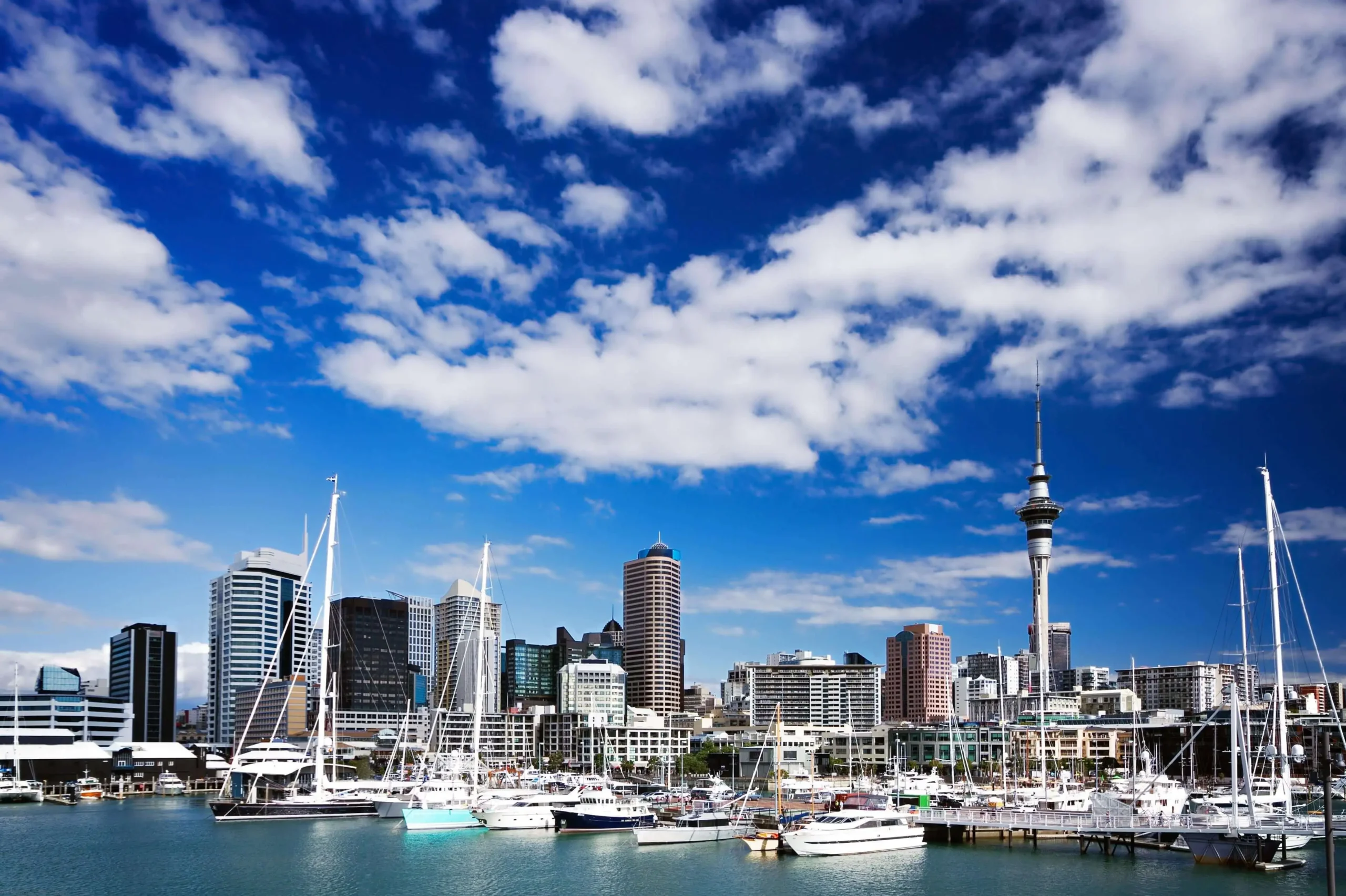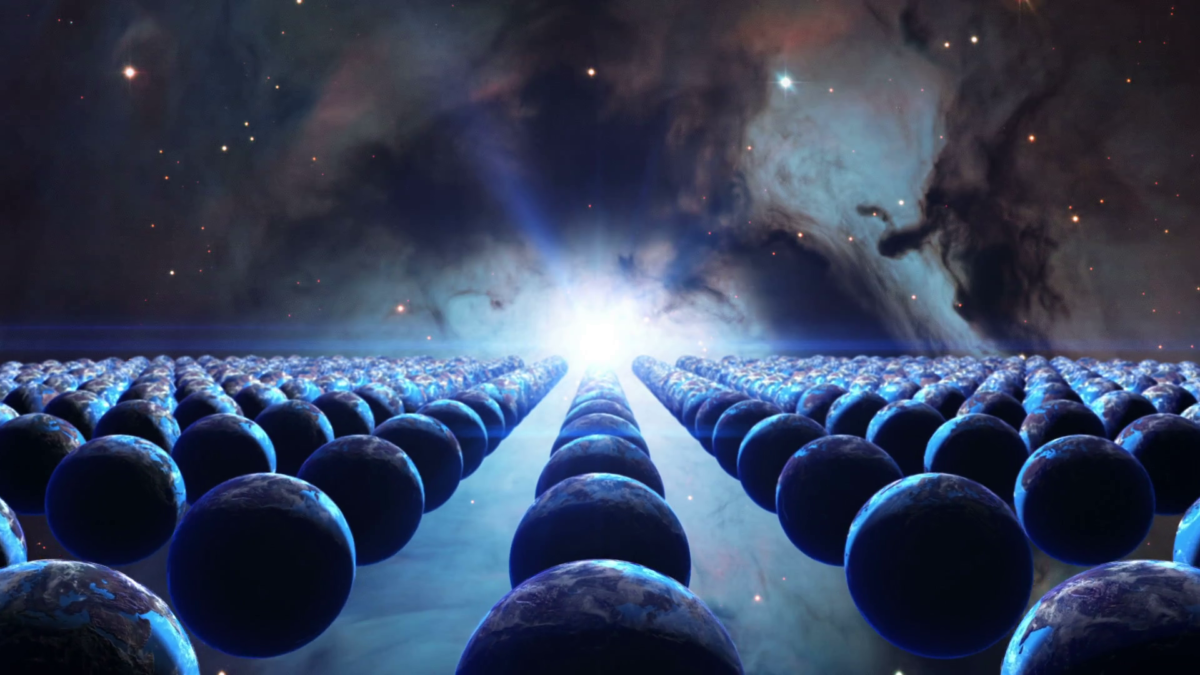In February 2019, a man named Raphael Samuel in Mumbai wanted to take his parents to court. He was unhappy about being born, and he believed it was his parents’ decision, not his own. While this may sound surprising, it raises some thought-provoking questions.

Samuel’s case was based on a concept called antinatalism. In today’s world, there are many injustices and problems. Society faces challenges socially and financially. This led Samuel to contemplate whether it’s necessary to bring a new life into this troubled world.
The core idea of antinatalism is the choice not to bring a new life into the world. The world is grappling with issues like wars, ethnic conflicts, climate change, corruption, irregularities, injustice, and crime. The Earth’s growing population is straining its natural resources.
In such a situation, Samuel questioned whether it’s fair to bring a newborn into this world. The concept of antinatalism has ancient roots, and author David Benatar, in one of his books, argues that no one should be born into this world.
His reasoning is that the experiences a child will go through after birth are often filled with suffering and difficulties. He suggests that it might have been better if humanity had never existed, given the pollution, greed, and intolerance that have turned the world into a challenging place.
Overpopulation has long been a concern, with some fearing that it would lead to problems in distributing food and resources fairly. Even the current Secretary-General of the United Nations has expressed concerns about this issue. Some advocate for strict birth control measures to manage the world’s population.
However, there are differing opinions about whether the current state of the world fully aligns with the concept of antinatalism. It’s natural that not everyone will agree with this idea, but the core concept remains: the main idea of antinatalism is to refrain from bringing new life into the world.









